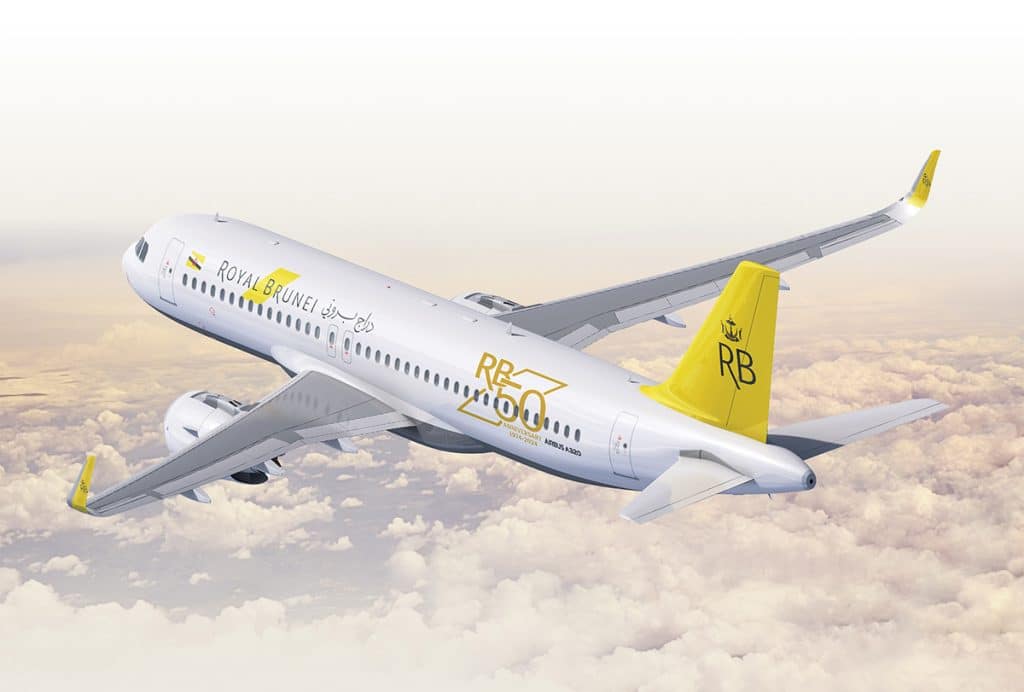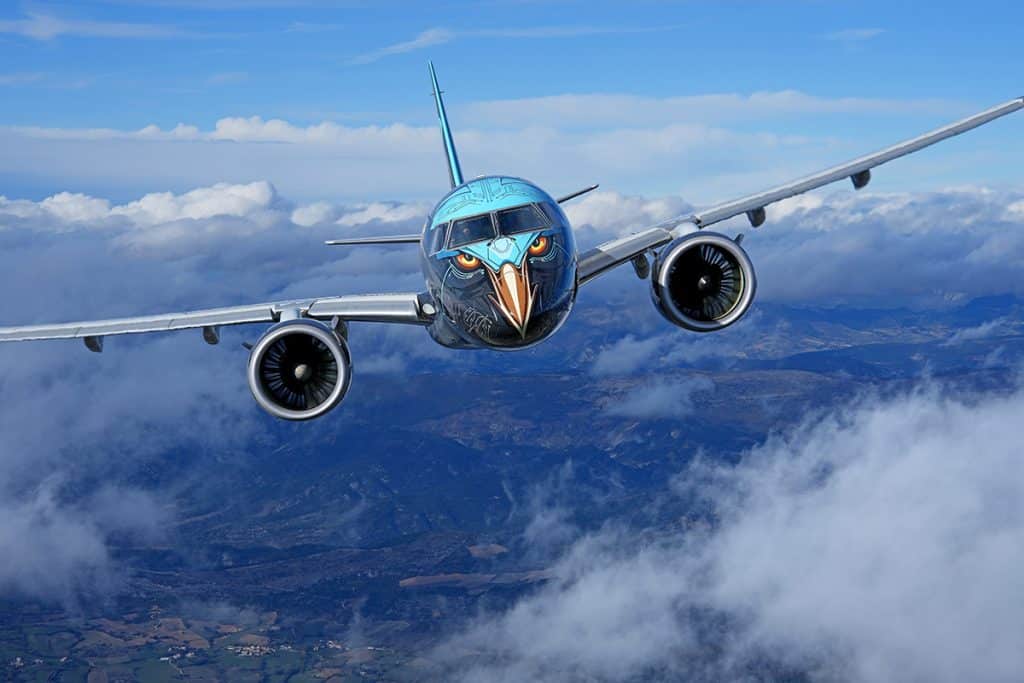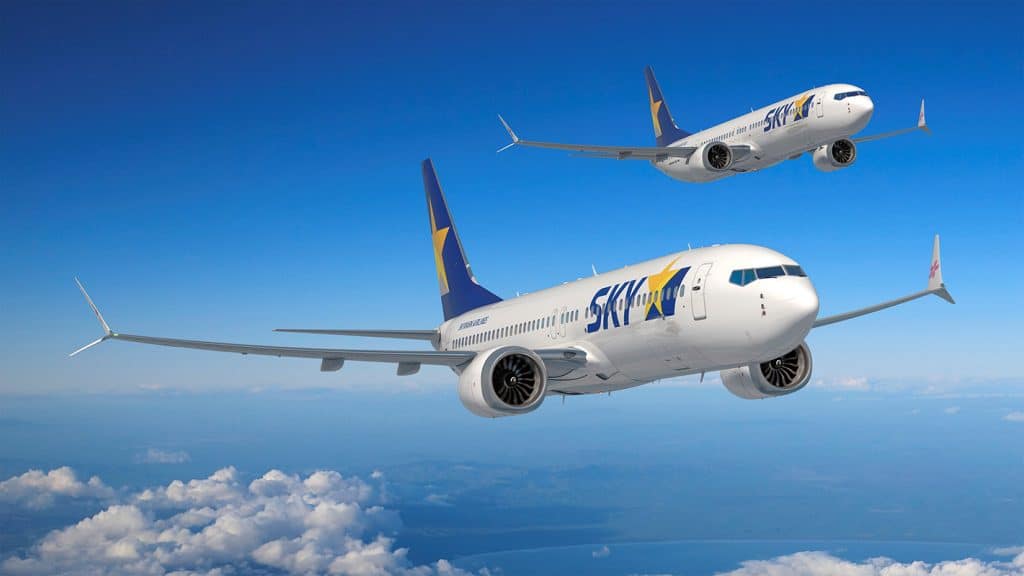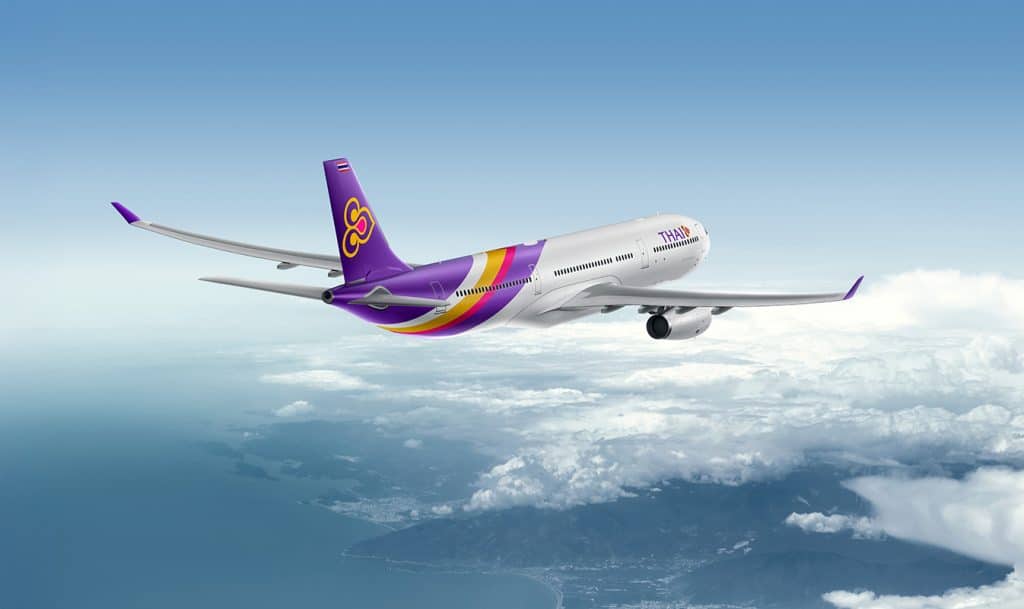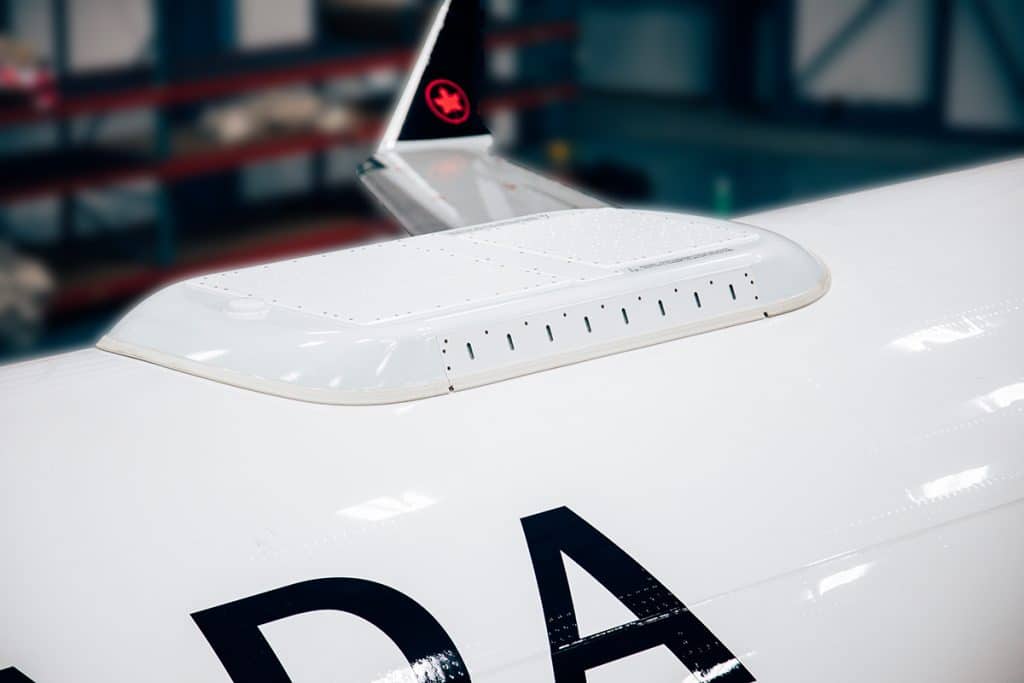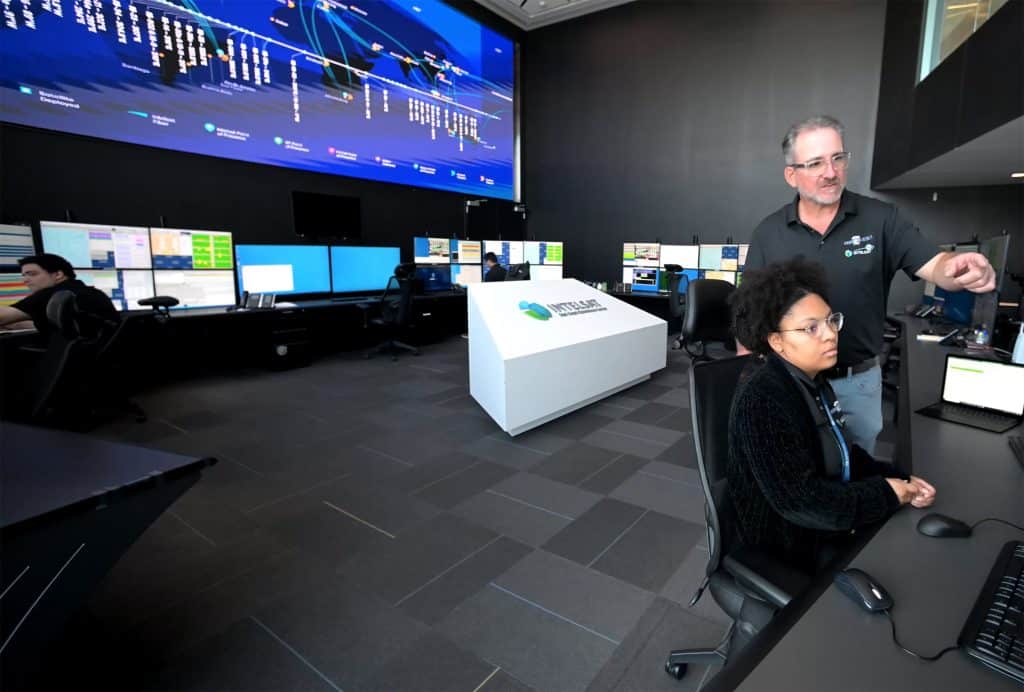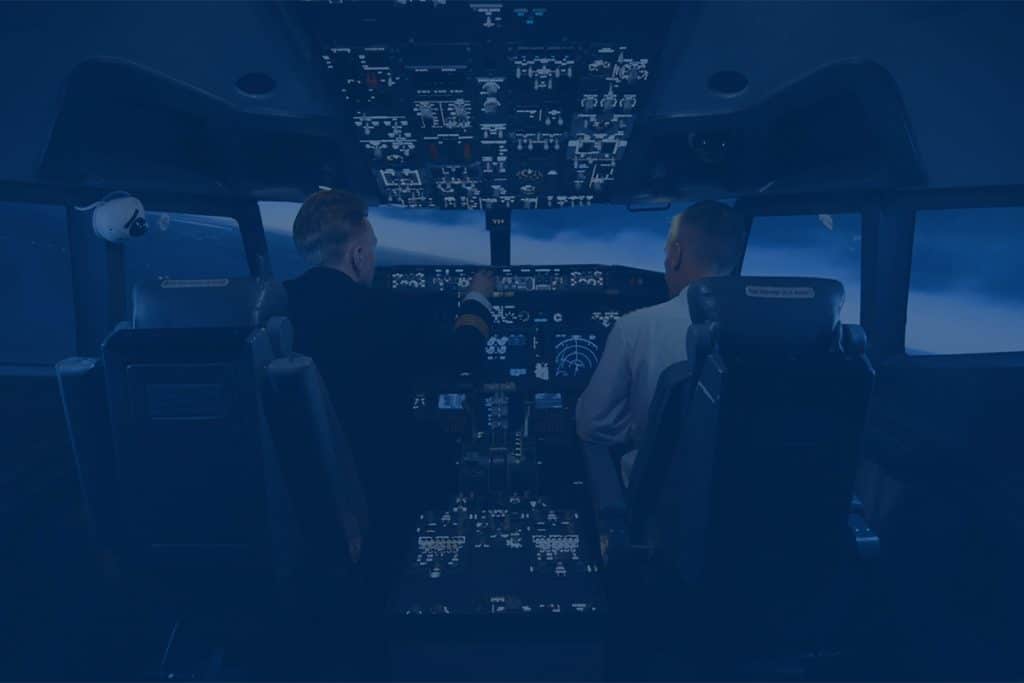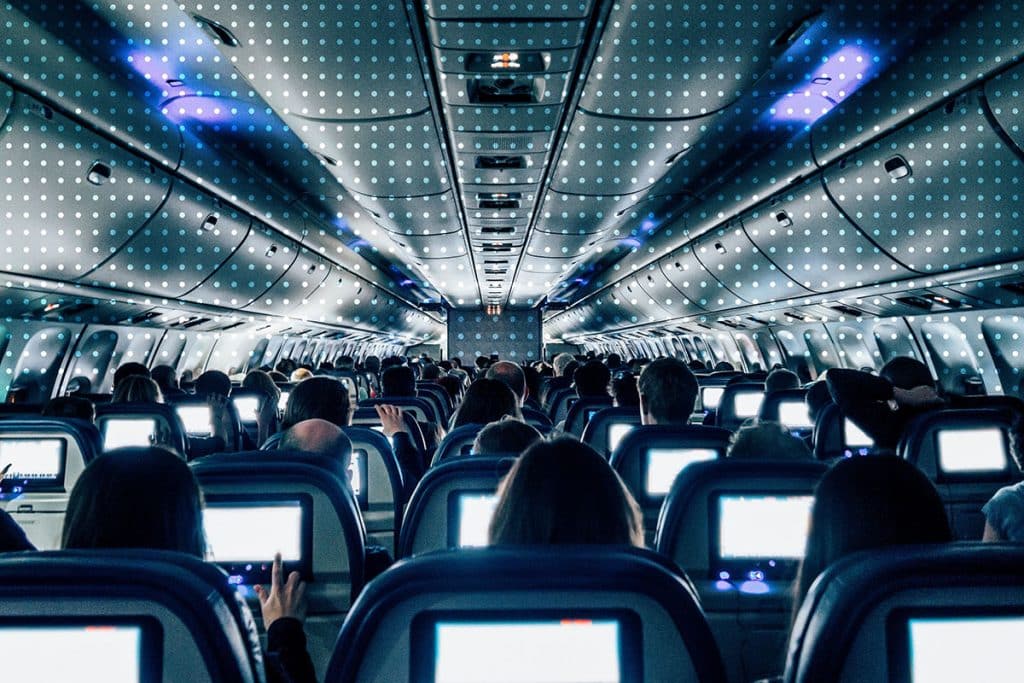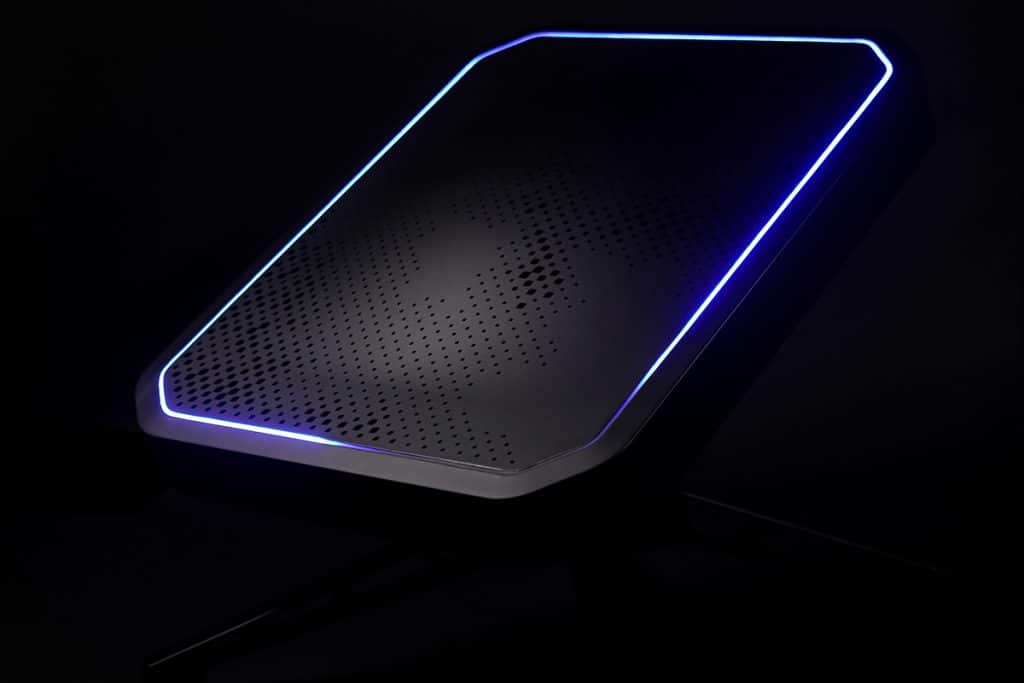Guided by Agile, Six Sigma, Intelsat Helps Commercial Airlines Consistently Deliver Superior Inflight Experience
Jeff Sare, President Commercial Aviation
Innovative processes boost passenger engagement and allow airlines to deliver new inflight entertainment options more quickly and cost effectively
In the fiercely competitive commercial aviation industry, where business costs are ever-increasing and operational challenges are many, airlines understand that delivering a superior inflight Wi-Fi and entertainment experience is key to attracting customers and retaining loyalty. From the most active frequent fliers to the occasional traveling consumer, all expect to have access to the same connectivity quality, internet access, and entertainment options at 35,000 feet as they do in their homes and offices.
Delivering a top-quality and industry-differentiated experience must be a continuously evolving endeavor. From speed and consistency of connectivity, to ease of accessing the internet through the onboard portal, or quality and array of entertainment offerings, there are always improvements that can be made to keep ahead of the competition and ensure that the inflight experience positively influences consumer decisions when it comes time to book travel.
As a provider of connectivity and inflight experience solutions to the commercial aviation industry, Intelsat knows the critical role experience plays in customer satisfaction and ultimately revenue generation. To ensure some of the world’s biggest commercial aviation brands can deliver against this expectation, Intelsat has created an expansive software development team that uses methods and approaches unique within the satellite industry to help airline partners deliver a consistently excellent inflight experience.

Since assuming the role of Vice President of Customer Experience for Commercial Aviation four years ago, Peggy Shumway has leveraged her Master Black Belt in Digital Six Sigma and her electrical engineering and computer science degrees from MIT to improve performance and quality using modern approaches and techniques.
“We’ve been driving a number of initiatives to increase productivity and engagement to have a more consistent, better-quality product, and faster cycle time,” said Shumway.
Agile software development processes drive quality, speed to market and a better inflight experience
Under her guidance, the Intelsat team has adopted agile software development processes and regimented quality control measures to offer airlines new functionality, improved system performance, and new services layered on top of the satellite communications network. “Our team of 230 product managers and engineers uses industry-recognized practices in the scaled agile framework to develop and validate products in small increments, allowing us to deploy new things quickly. We’re able to drive quality, speed to market, and monitor our systems and performance so that we can continually optimize” says Shumway.
Commercial aviation is a highly regulated industry. Any piece of hardware that resides on an airplane must be registered in a parts list and validated by the applicable aviation authorities to ensure airworthiness. All maintenance activities need to be tightly tracked. Intelsat streamlines the process of adding new features by reducing these regulatory burdens so airlines can focus on operating a profitable business in a challenging industry. Intelsat’s approach to software development removes stress related to inflight connectivity and entertainment for its airline customers.
“The FAA and other regulatory authorities want to know and approve everything that is on the parts list of the aircraft. Airlines must track things in the maintenance logs. It’s a significant burden to them. In our new software operating systems, we’re able to segregate those things that require a regulatory event and those that do not, like content. Separating the two things saves significant time and energy for our airline partners.”
Software updates and changes to the system architecture that once might have taken weeks to implement can now take place in hours, enabling airlines to improve portal performance, reduce load speed, ensure system availability, enhance aesthetic appearances, and smooth the ease of payment, driving increased engagement and yielding a trove of highly valuable data. Airlines can also easily introduce new marketing partners and promotions, roll out features like free messaging, or deliver personalized services to higher-value passengers.
Intelsat’s unique approach to software quality has led to marked improvements in performance and engagement rates. Airlines using the company’s onboard portal have seen time-to-load consistently decrease by over 70%. Outage times average less than 2%, which is significant in an inflight environment.
A consistent, high quality inflight experience boosts passenger engagement
Meanwhile, Intelsat airline customers are seeing passenger engagement rates increasing across the board. A major U.S. airline saw a 5% increase in take rate as passengers found it easier to access the portal and complete payment.
The speed with which new service offerings can be introduced or changes implemented has also accelerated dramatically. Creating an upgraded experience for a major telco operator was completed in six weeks, instead of the typical 3-6 months. In another instance, feature enhancements and bug fixes that would normally take at least 2-3 months due to regulatory approvals were completed in less than 3 weeks.
Using data and analytics to monitor the health of the connection, Intelsat ensures that the quality of service and experience is consistent and optimal.
Shumway shares, “We’re in an environment where we don’t control everything. Personal electronic devices are getting new updates and configurations loaded onto them all the time, sometimes by the passengers. It’s really important to be able to monitor, adapt, and respond quickly to changes.”
A strong culture of innovation
While execution is certainly critical and foremost in the minds of the Intelsat team, allocating time for planning, learning, and training is a key component of the agile approach. Development teams set aside dedicated time to innovate. Team members regularly participate in hackathons to experiment and find ways of solving problems and developing new services, all for the benefit of airline customers.
“Part of the agile practice is to allow for time to innovate. We take two-week breaks between development cycles to learn, train, and sharpen our swords. It’s a chance to not just focus on execution, but to think and create.”
Experience has demonstrated a direct correlation between customer satisfaction levels and a superior inflight experience. Airlines know that improved performance leads to greater engagement and have seen measurable increases in bookings after introducing free services or unique promotions. Those failing to provide a consistent and reliable experience risk losing return business and seeing customer satisfaction scores damaged as a result.
“It’s all about getting passenger satisfaction levels up. People expect to be connected on the aircraft as they are at home. Airlines offering free inflight connectivity experience an increase in bookings. Simply stated, a high quality, always improving inflight experience has become a non-negotiable expectation of today’s flying consumer.”
No matter how an airline utilizes Intelsat’s commercial aviation services, the team’s Next First modern, agile approach to software development and its nimble, startup-like mentality, ultimately allow airlines to deliver the inflight experiences their passengers expect.








